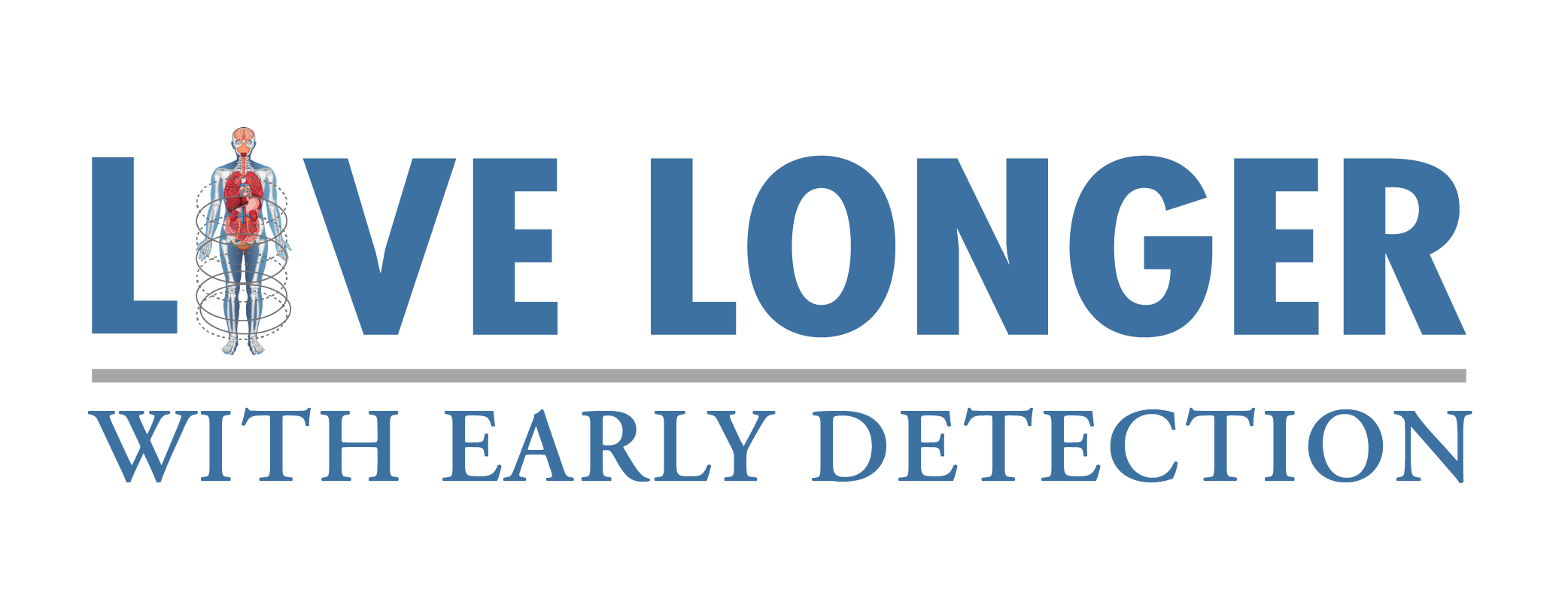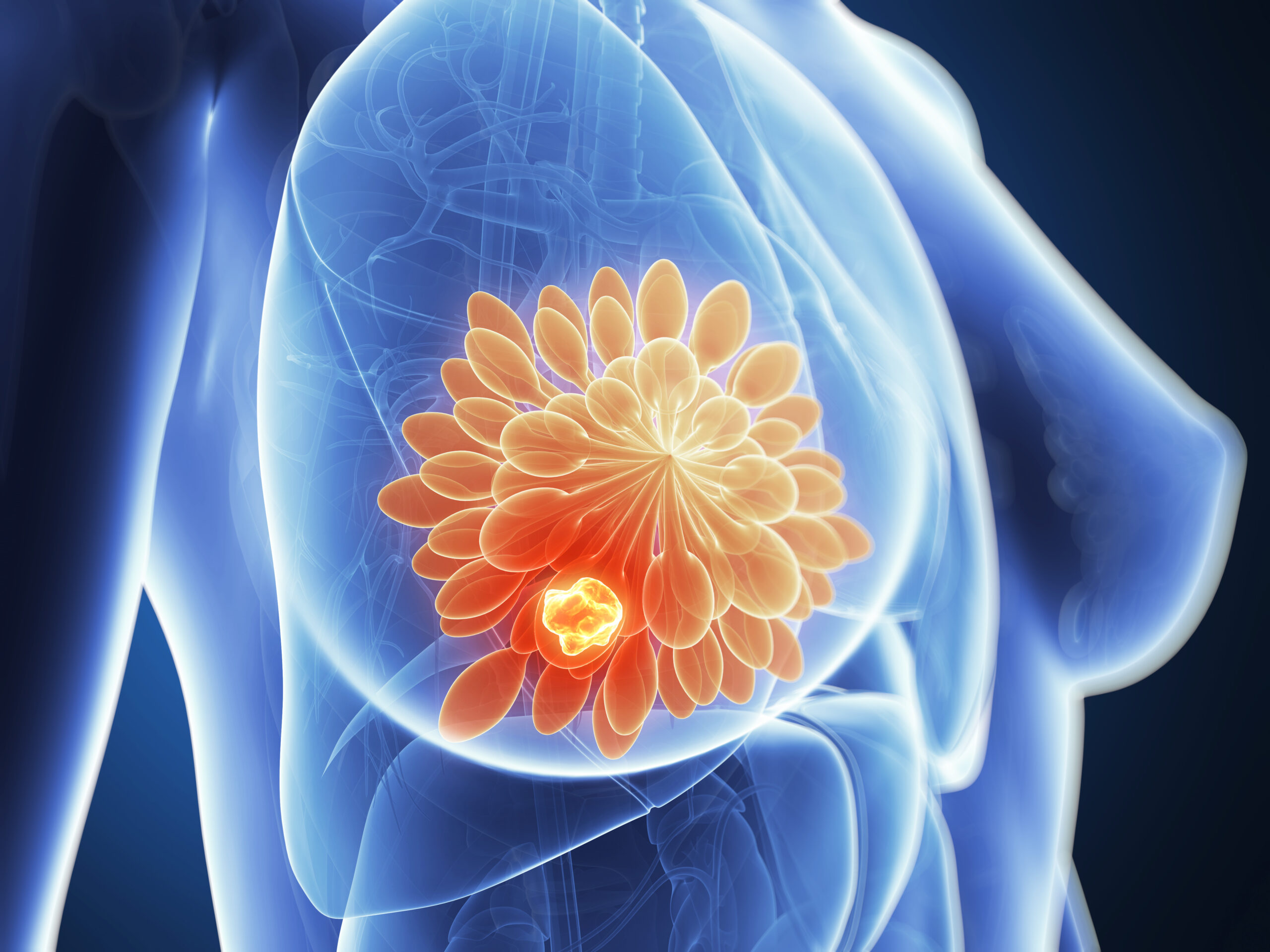The Power of Early Cancer Detection
Breast cancer is the most common cancer affecting women globally, with an estimated 2.3 million new cases diagnosed each year, according to World Health Organization. While this statistic might seem daunting, the good news is that early detection is incredibly effective in improving treatment outcomes and survival rates.
This article will delve into the importance of catching breast cancer early. We’ll explore the benefits of early detection, common signs and symptoms to be aware of, and the role of regular screenings in proactive healthcare.
Understanding Breast Cancer: A Treatable Disease When Caught Early
Breast cancer occurs when abnormal cells in the breast tissue divide uncontrollably, potentially forming lumps or masses. Early detection allows for the identification of these abnormal cells before they have a chance to spread, offering significant advantages in treatment and overall well-being.
- Increased Treatment Options for Early Detection
Early-stage breast cancer often requires less aggressive treatments. This can involve lumpectomy (removal of the lump only) followed by radiation therapy or hormone therapy. These less invasive approaches lead to quicker recovery times and fewer side effects compared to treatments needed for more advanced stages.
- Improved Survival Rates with Early Detection
The earlier breast cancer is detected, the higher the chance of successful treatment. According to the American Cancer Society, the 5-year relative survival rate for breast cancer detected at the localized stage (confined to the breast) is an impressive 99%. This statistic highlights the critical role of early detection in improving patient outcomes.
- Enhanced Quality of Life Through Early Detection
Less invasive treatments often lead to a quicker recovery and a better overall quality of life for patients. Early detection allows for a more proactive approach to treatment, minimizing the impact on a patient’s daily life. This translates to a faster return to normal activities and a greater sense of control over one’s health journey.
Know Your Body: Be Aware of the Signs and Symptoms of Breast Cancer
While a lump in the breast is a widely recognized symptom of breast cancer, it’s crucial to be familiar with a broader range of signs that might signal a potential issue. By understanding these signs and performing regular self-examinations, you can become an active participant in your breast health.
Changes in Breast Tissue: Pay close attention to any alterations in the texture or appearance of your breast tissue. This could include:
- Thickening: A general thickening of breast tissue in a specific area may indicate an underlying abnormality.
- Dimpling: If the skin on your breast appears dimpled or puckered, resembling the peel of an orange, it’s important to consult a doctor for further evaluation.
- Redness or Scaling: Changes in the color or texture of the nipple or surrounding breast skin, such as redness, scaling, or flakiness, can be warning signs.
Nipple Changes: Be mindful of any modifications in the appearance or sensation of your nipples. Here’s what to watch out for:
- Inversion: If a nipple that was previously outward-facing begins to turn inward (invert), it’s advisable to schedule a doctor’s appointment.
- Redness or Scaling: As mentioned earlier, redness or scaling of the nipple can be a potential indicator of an issue.
- Unusual Discharge: Any discharge from the nipple, particularly bloody discharge, should be reported to a healthcare professional. Even clear discharge can be a cause for concern, so it’s always best to err on the side of caution and consult a doctor.
Changes in Breast Shape or Size: Natural fluctuations in breast size and shape can occur throughout your menstrual cycle or due to weight changes. However, be aware of any significant or persistent alterations:
- Uneven Breasts: If one breast becomes noticeably larger or smaller than the other, or if the overall shape of one breast changes significantly, it warrants a doctor’s evaluation.
- Change in Shape: A difference in the usual shape of your breast, beyond normal variations, could be a potential indicator of an underlying issue.
Breast Pain: While breast pain is a common experience for many women, particularly around their menstrual cycle, persistent or unusual pain shouldn’t be ignored. Here’s what to consider:
- Location and Characteristics: Pay attention to the specific location and nature of the pain. Is it a sharp, localized pain, or a more general ache? Does it radiate to other areas, such as the armpit?
- Persistence: If the pain is persistent and doesn’t improve with your menstrual cycle or other lifestyle factors, it’s best to consult a healthcare professional.
Remember, early detection is key in the fight against breast cancer. By familiarizing yourself with these signs and symptoms, and by performing regular self-examinations, you can take charge of your breast health and potentially identify any issues early on. If you notice any of these signs or symptoms, don’t hesitate to schedule an appointment with your doctor for a thorough evaluation.
Early Detection is Key: The Role of Regular Screenings
Regular screenings are the foundation for early detection of breast cancer. These proactive measures allow doctors to identify potential abnormalities before any symptoms arise, significantly increasing the chances of successful treatment. Here’s a closer look at two common screening methods:
- Clinical Breast Exam (CBE): A Hands-On Approach to Early Detection
A clinical breast exam (CBE) is a non-invasive procedure performed by a healthcare professional. During a CBE, the doctor will visually examine the breasts for any changes in size, shape, or skin texture. They will also gently feel the breasts for lumps or other abnormalities. This painless exam allows for early detection of potential issues that may not be noticeable during self-examinations.
- Mammogram: A Powerful Imaging Tool for Early Detection
A mammogram is an X-ray imaging technique specifically designed to examine breast tissue. Low-dose X-rays are used to create detailed pictures of the breast structure, allowing doctors to detect abnormalities such as lumps, masses, or calcifications. Mammograms can even reveal changes in breast tissue that are too small to be felt during a physical exam, making them a powerful tool for early detection of breast cancer.
Live Longer With Early Detection Cancer Screening: Your Partner in Proactive Healthcare
At Live Longer With Early Detection Cancer Screening, we understand the importance of early detection in the fight against breast cancer. Our team of experienced and compassionate healthcare professionals is dedicated to providing you with high-quality, accessible screening services.
We offer comprehensive breast cancer screening options, including clinical breast exams and mammograms, to empower you to take charge of your health. Our facilities are equipped with state-of-the-art technology to ensure accurate and efficient screenings.
Schedule Your Screening Today: Take Control of Your Health
Early detection is the most powerful weapon in the fight against breast cancer. By being aware of the signs and symptoms, and by scheduling regular screenings, you can significantly increase your chances of a successful outcome.
At Live Longer With Early Detection Cancer Screening, we are committed to helping you live a longer, healthier life. Contact us today to schedule your breast cancer screening appointment. Remember, early detection saves lives.


